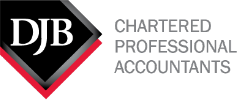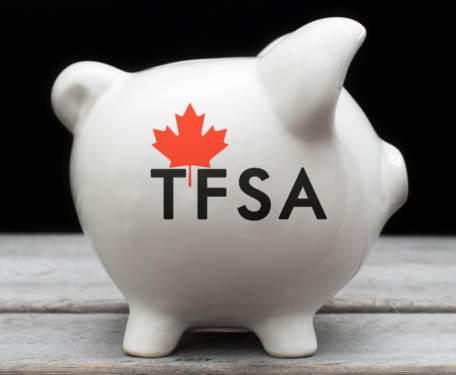Fraudulent activities and scams continue to pose a risk to individuals and organizations alike. As part of our commitment to your financial well-being, we want to ensure that you are aware of these risks and equipped with the knowledge to protect yourself.
The Impact of Fraud and Scams
In Canada, reports to the Canadian Anti-Fraud Centre revealed staggering losses of $530 million in 2022, with a concerning 40% increase compared to the previous year. However, it is important to note that these figures likely represent only a fraction of the total financial losses, as estimates indicate that only 5-10% of fraud cases are reported.
Protect Yourself and Your Investments
Education is vital to staying one step ahead of fraudsters. Therefore, we encourage you to familiarize yourself with the following guidelines to protect your investments:
- Be cautious of investment offers that seem too good to be true, whether from friends, family, social media contacts, or websites.
- Be skeptical when someone insists that you keep an investment opportunity confidential.
- Exercise caution with unsolicited investment opportunities received online or via phone.
- Take your time to evaluate offers and avoid rushing into decisions. Fraudsters often use high-pressure tactics to exploit time constraints.
- Assess the credibility of the information or “hot tips” you receive. Consider the motivations behind those providing the tips and verify the legitimacy of the information.
- Before making investment decisions, verify the registration and background of the person offering the investment. Generally, anyone selling securities or offering investment advice must be registered with their provincial securities regulator.
- When in doubt, ask questions and consult with your dedicated Financial Services Executive (FSE) Advisor or TriCert Portfolio Manager before proceeding.
Our Role in Preventing Fraud
There are many ways we help protect our clients:
- We maintain up-to-date client records, including telephone, email, and mailing address details and Know Your Client (KYC) information. This information enables us to identify any uncharacteristic or uncommon requests.
- We verify the accuracy of requests against the information on file.
- We adhere to strict guidelines regarding the authorization of instructions and the disclosure of information. We request written and signed instructions from clients before sharing confidential information or acting upon requests.
- We exercise caution with requests involving unfamiliar addresses, bank accounts, or third parties. We may contact your Trusted Contact Person (TCP) for clarification if we have any doubts.
- We ensure the secure disposal of unnecessary paperwork containing personal information through shredding.
- We encourage the immediate reporting of suspicious requests or fraudulent activities to your DJB Wealth Management Advisor or TriCert Portfolio Manager.
- Never share sensitive personal account information via email.
Additional Measures for Client Protection
Apart from our internal efforts, we urge you to take the following steps to safeguard yourself against fraud:
- Create strong and unique passwords for your accounts, changing them periodically. Whenever possible, enable two-factor authentication for added security.
- Exercise caution when clicking links or opening attachments, especially from unfamiliar sources.
- Be mindful when using public Wi-Fi networks, which may pose security risks. Assume that your online activities can be monitored.
- In case of suspicious phone calls, immediately terminate the call without sharing any personal or financial information. If you need more clarification about the legitimacy of the phone call, contact the alleged source directly using a reliable phone number from a trusted source.
- Never grant strangers remote access to your devices or computers, as this can be exploited to obtain personal financial information.
What to Do if You Become a Victim of Fraud
If you believe you have fallen victim to fraud, please remember that it can happen to anyone, and you should not feel ashamed. Here are the initial steps to take:
- Document all relevant information regarding the incident, as it may be required for investigations.
- Notify your DJB Wealth Management Advisor, TriCert Portfolio Manager and/or financial institutions.
- Change your passwords with us and other financial institutions or service providers.
- Request warnings be placed on your accounts to ensure additional precautions are taken when accepting or disclosing information.
- Consider reporting the fraud to Equifax and TransUnion. If you suspect mail redirection, please get in touch with Canada Post.
- Report the incident with the Canadian Anti-Fraud Centre. They can be reached toll-free at 1-888-495-8501 or through the Fraud Reporting System.
Test Your Knowledge
To test your knowledge and enhance your awareness of fraud prevention, visit this Government of Canada resource.
We remain committed to your financial security and well-being. If you have any questions or concerns regarding fraud prevention or any other matter, please don’t hesitate to contact your dedicated DJB Wealth Management Advisor or TriCert Portfolio Manager.
![]()









